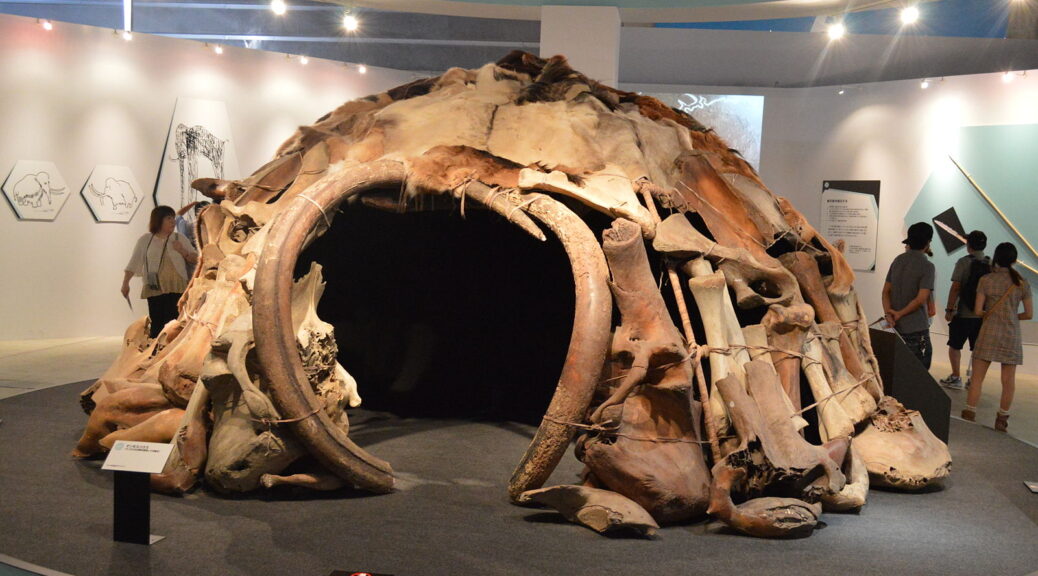Check out this striking 25,000-year-old hut built out of mammoth bones
Dr. Alexander J.E. Pryor, an archeological postdoctoral researcher at Southampton University, has recently published a research paper from Cambridge University Press.
The members of his team claiming they have found the oldest man-made structure in Russia about three hundred miles from Moscow. No one knows for certain why it was built.
Kostenki 11 is a large bone circle built during the Upper Paleolithic era, over 40,000 years ago. It’s located within the Kostyonki–Borshchyovo archaeological complex in the Khokholsky District, Voronezh Oblast, Russia.

The majority of the bones in the circle and the remnants of a bone hut were made from woolly mammoths, but bones from Arctic foxes, reindeer, bears, wolves, and horses have also been found, the findings were published in the journal Antiquity.
The archaeological site was discovered in 1951, but little work was done there until the 1960s when the first bone circle was discovered.
In 1970, another mammoth bone structure and a pit were discovered about sixty feet from the circle. Another five feet away is the newly discovered bone hut that is about forty-one feet in diameter and sits on a gradual slope.
The circle has no break for an entrance, but just outside are three small pits where burnt bones, ivory, and charcoal were found. They were carbon-dated to around twenty-five thousand years old.

Some scientists believe the shelter may have been covered with animal skins, but Dr. Pryor does not believe it was a living abode as all of the common artifacts usually found among dwellings were absent.
According to The Independent, some researchers have suggested structures such as this might have been ritual monuments.
There is, however, no evidence for this conclusion. Another factor is that some of the bones were still stuck together indicating there was still animal material on them when they were stacked.
This would have been not only smelly but very dangerous, as it would attract predators.

Circular bone features such as this have been found in about twenty-five different locations in the Ukraine and Russia but none are as old as Kostenki 11, which is still being studied.
Built at the end of the last ice age when winters were long and harsh, reaching twenty degrees below zero on average, by the humans that didn’t travel south to escape the cold, Dr. Pryor believes the hut may have been used for food storage, as a garbage dump that would keep scavengers away from their living area, or even for rituals of some sort.

Evidence of tool usage including percussion rocks and striking platforms were found as well as over fifty small seeds that had been partially burned leading researchers to wonder if they were from native plants growing around the area or from plants that had been collected and brought to the site for consumption.
Three other pits in the same area tested exactly the same as the materials found at the bone hut according to Dr. Pryor’s research paper on Cambridge Core.
Dr. Pryor stated that Kostenki 11 is a rare site where scientists can learn more about hunter-gatherers in the Paleolithic era and how they survived in such a harsh climate, the height of the last ice age.
The site is providing information as to what places like this may have been used for. He notes that the people of that time used ingenuity in finding ways to survive using the materials available in their ice age environment.
Dr. E. James Dixon, emeritus professor of anthropology at the University of New Mexico, is quoted by smithsonianmag.com saying that this is a “fascinating time period in Eurasian archaeology” and the study “clearly demonstrates that modern humans were adapted to higher latitudes at the very height of the last ice age.”
